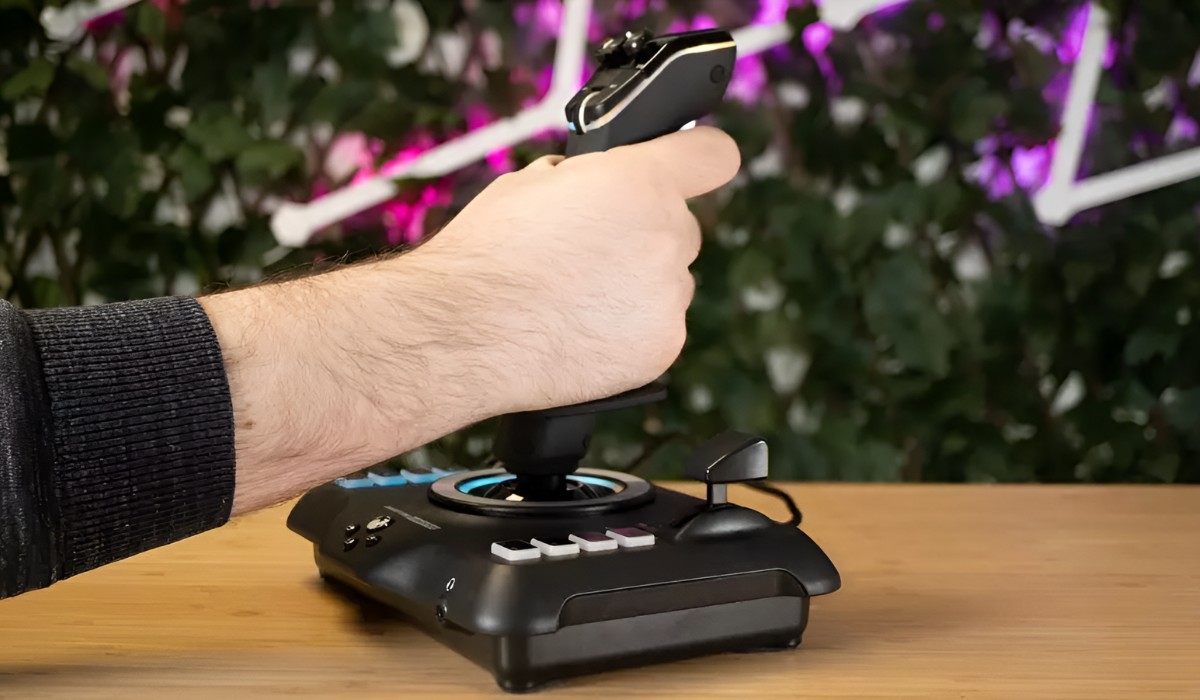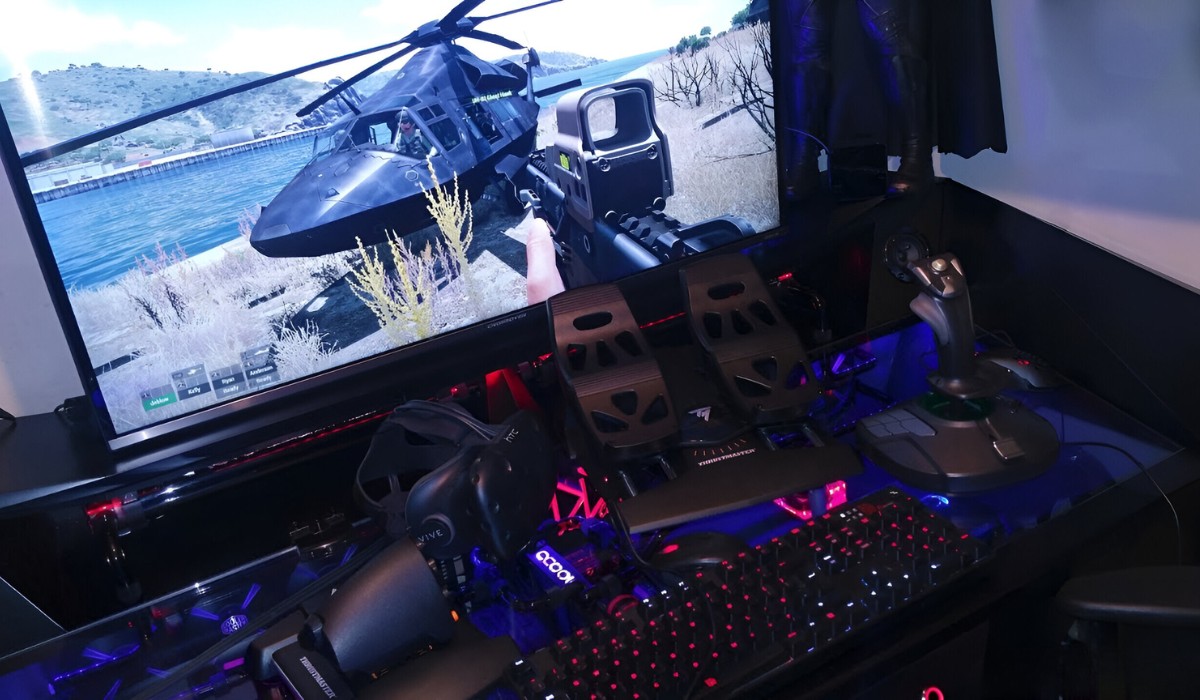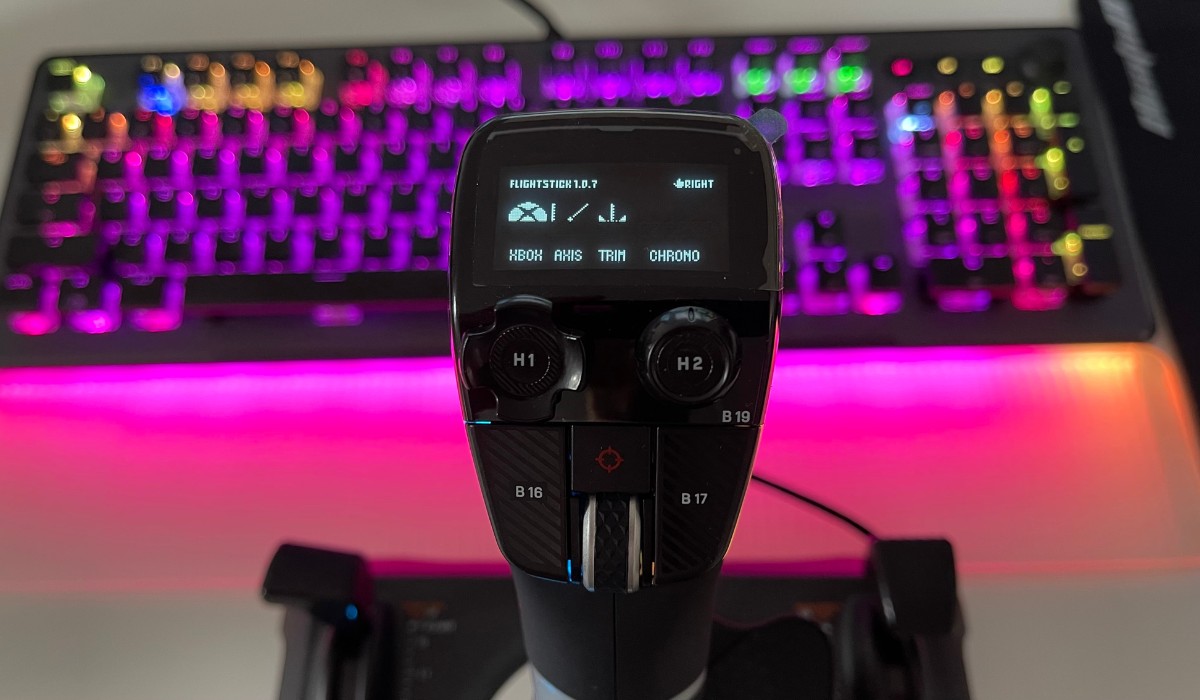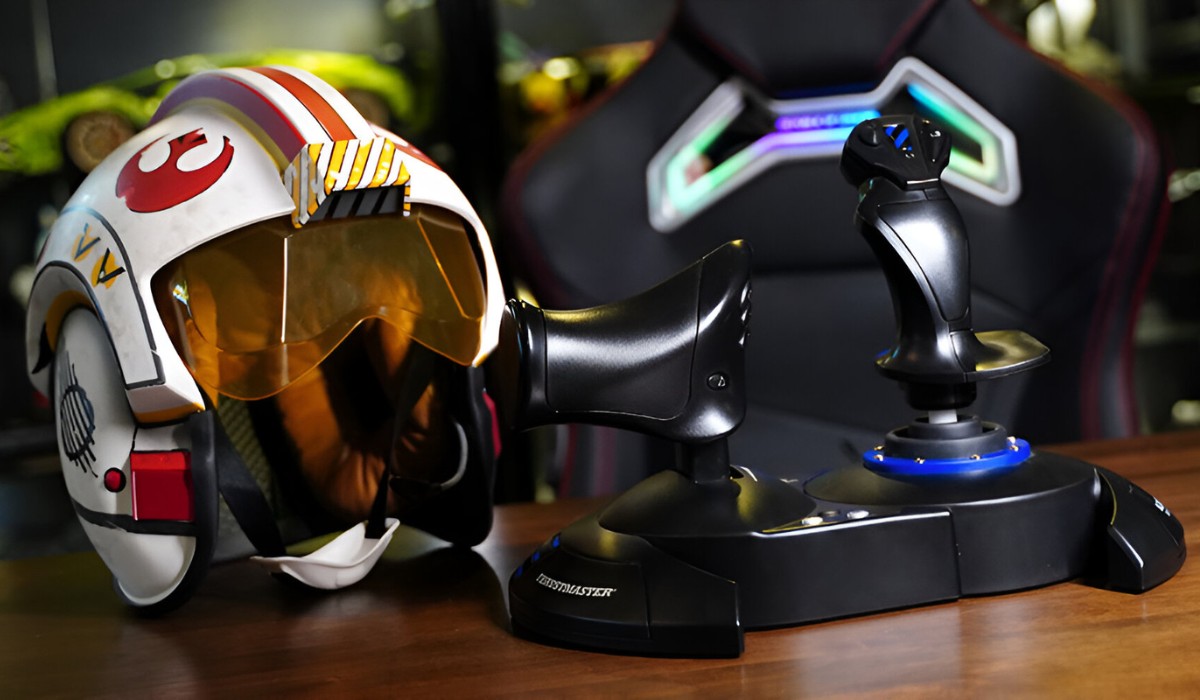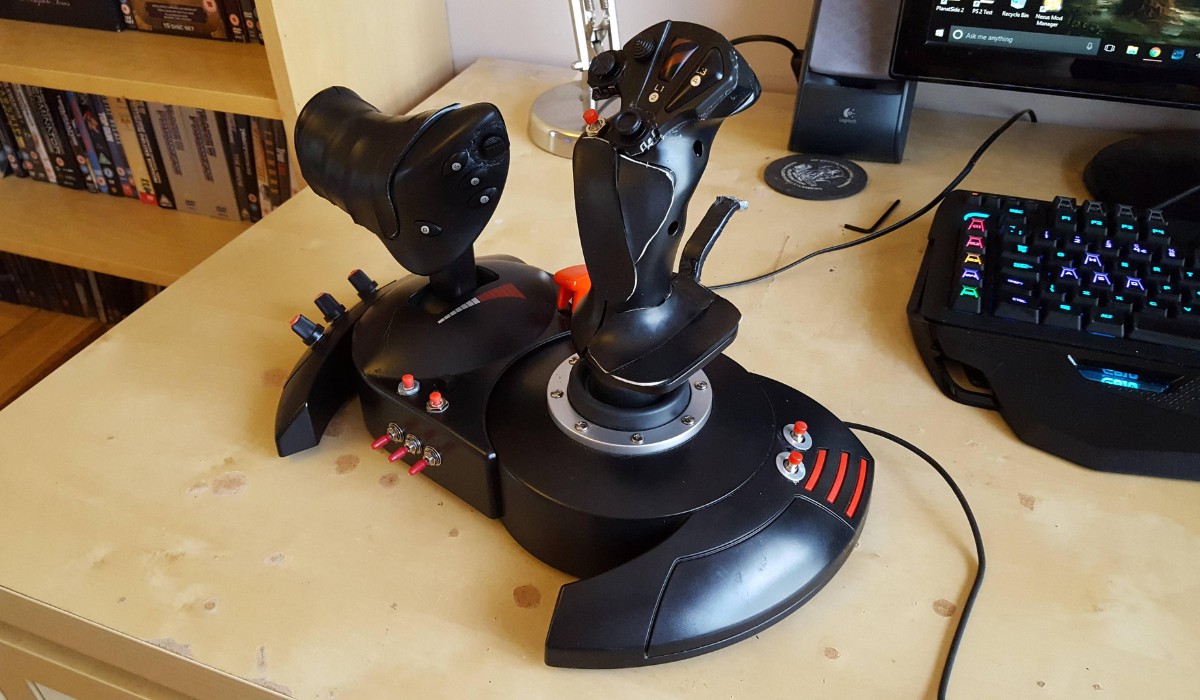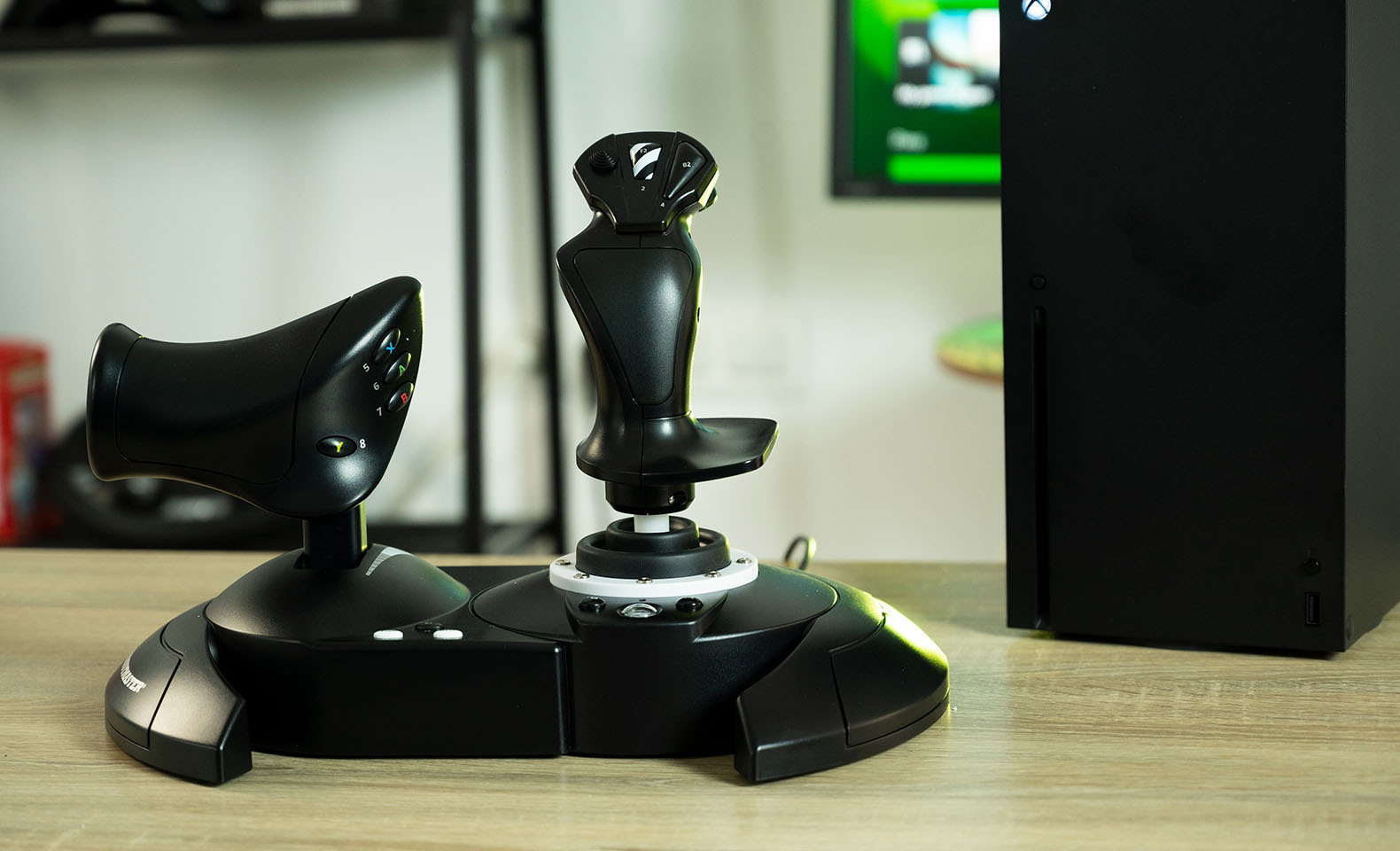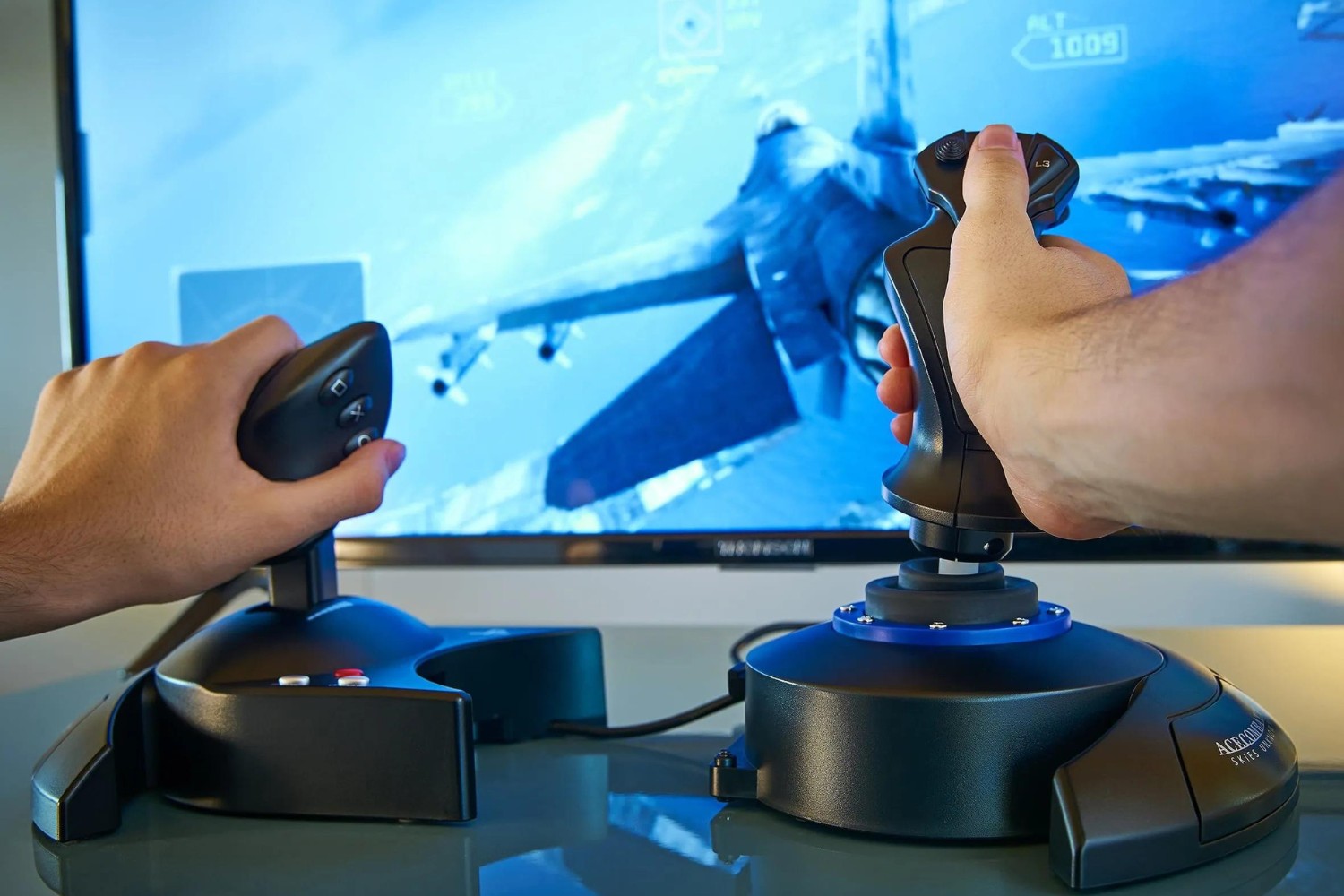Choosing the Right Flight Stick
When it comes to setting up a comfortable flight stick, the first step is choosing the right one for your needs. With a plethora of options available in the market, it’s essential to consider several factors to ensure that you select the most suitable flight stick for your flying experience.
Here are some key points to keep in mind while choosing the right flight stick:
- Compatibility: Ensure that the flight stick you choose is compatible with your gaming platform or computer. Whether you’re using a PC, gaming console, or a specific flight simulation software, compatibility is crucial for a seamless experience.
- Quality and Durability: Look for a flight stick that is well-built and durable. Since you’ll be using it for extended periods, it’s important to invest in a high-quality product that can withstand the rigors of intense gaming sessions.
- Number of Buttons and Controls: Consider the number and placement of buttons and controls on the flight stick. Depending on the complexity of the flight simulation, you may require a greater number of programmable buttons and switches for enhanced control and customization.
- Adjustability: Opt for a flight stick that offers adjustable features such as handle height, button positions, and resistance settings. This adaptability allows you to customize the flight stick according to your ergonomic preferences, leading to a more comfortable and personalized flying experience.
- Ergonomics: Pay attention to the ergonomic design of the flight stick. Comfort is paramount during long gaming sessions, so choose a flight stick that fits comfortably in your hand and provides adequate support to minimize fatigue and discomfort.
- Reviews and Recommendations: Before making a purchase, take the time to read reviews and seek recommendations from fellow flight simulation enthusiasts. Real-world experiences and feedback can offer valuable insights into the performance, comfort, and overall satisfaction with different flight stick models.
By carefully considering these factors, you can make an informed decision when selecting the right flight stick for your gaming setup. Remember, the ideal flight stick is not only compatible and durable but also customizable and comfortable, enhancing your overall flight simulation experience.
Adjusting the Height and Angle
Once you’ve chosen the perfect flight stick, the next step is to ensure that it is properly positioned to provide maximum comfort and control during your flight simulations. Adjusting the height and angle of the flight stick is crucial in creating an ergonomic and personalized setup that caters to your specific preferences.
Consider the following steps to achieve the optimal height and angle for your flight stick:
- Comfortable Reach: Position the flight stick so that it is within comfortable reach of your hand without causing strain or overextension. The ideal placement allows for effortless movement and control while maintaining a relaxed posture.
- Ergonomic Alignment: Align the flight stick with your natural arm and wrist position to minimize discomfort and fatigue. A neutral wrist angle and relaxed arm position can prevent muscle strain and enhance overall comfort during extended gaming sessions.
- Customizable Mounts: If your flight stick is equipped with adjustable mounts or stands, take advantage of these features to fine-tune the height and angle according to your preferences. Experiment with different configurations to find the most comfortable and intuitive setup for your flying experience.
- Personal Preference: Ultimately, the height and angle adjustments should reflect your personal comfort and gaming style. Some players prefer a higher flight stick position for enhanced leverage and control, while others may opt for a lower, more relaxed setup. Explore different heights and angles to discover the configuration that best suits your individual needs.
By carefully adjusting the height and angle of your flight stick, you can create a customized setup that promotes comfort, control, and immersion during your flight simulations. Remember to prioritize ergonomic alignment and personal preference to optimize your gaming experience.
Finding the Right Grip
Choosing the appropriate grip for your flight stick is a critical aspect of creating a comfortable and immersive flying experience. The grip directly impacts your control, precision, and overall comfort during extended gaming sessions. Whether you prefer a palm grip, claw grip, or fingertip grip, finding the right grip for your flight stick is essential for maximizing your performance and enjoyment.
Consider the following factors when determining the ideal grip for your flight stick:
- Hand Size and Comfort: Take into account the size of your hand and the level of comfort provided by different grip styles. A larger hand may find a palm grip more accommodating, while a smaller hand might prefer the precision of a fingertip grip. Experiment with various grip styles to determine which one feels most natural and comfortable for you.
- Control and Precision: Assess the level of control and precision offered by each grip style. A palm grip provides stability and support, making it suitable for smooth, deliberate movements, while a fingertip grip offers agility and quick reflexes. Consider your gaming preferences and the type of flight simulations you engage in to select a grip that aligns with your desired level of control and precision.
- Customizable Grips: Some flight sticks feature interchangeable grips or adjustable components that allow you to tailor the grip to your specific preferences. Explore these customizable options to find a grip that not only fits comfortably but also enhances your dexterity and control during gameplay.
- Ergonomic Considerations: Prioritize ergonomic design and comfort when choosing a grip for your flight stick. Look for a grip that supports your hand and wrist in a natural, relaxed position, minimizing strain and promoting comfort during extended gaming sessions.
By carefully evaluating hand size, control preferences, and ergonomic considerations, you can identify the ideal grip for your flight stick that complements your gaming style and enhances your overall flying experience. Remember, the right grip can significantly impact your comfort, control, and performance, making it a crucial element of setting up a comfortable flight stick.
Setting Up Button Assignments
Customizing the button assignments on your flight stick is a pivotal step in optimizing your gaming experience and streamlining your control inputs during flight simulations. By strategically assigning functions to different buttons and switches, you can tailor the controls to match your preferences and enhance your efficiency and precision while flying.
Here’s a guide to effectively setting up button assignments on your flight stick:
- Primary Functions: Identify the primary functions that you frequently use during flight simulations, such as throttle control, weapon systems, landing gear, and view adjustments. Assign these essential functions to easily accessible buttons or switches on your flight stick to streamline your inputs and improve your responsiveness during gameplay.
- Secondary Functions: Consider secondary functions that are integral to your flying experience, such as communication systems, navigation controls, and targeting mechanisms. Allocate these secondary functions to additional buttons or programmable switches, ensuring that they are readily available without compromising your access to primary controls.
- Custom Profiles: Many flight sticks offer the ability to create custom profiles or configurations for different types of aircraft or gaming scenarios. Take advantage of this feature to set up specific button assignments tailored to different aircraft models, combat situations, or mission objectives, allowing for seamless transitions between varying control setups.
- Ergonomic Mapping: When assigning functions to buttons and switches, consider the ergonomic layout and accessibility of each control. Position commonly used functions within easy reach of your fingers, prioritizing intuitive placement that minimizes the need for excessive hand movement or complex finger dexterity during intense gameplay.
- Feedback and Testing: After configuring your button assignments, engage in thorough testing and gameplay to evaluate the effectiveness of your chosen configurations. Pay attention to the responsiveness, intuitiveness, and overall comfort of the button assignments, making adjustments as needed to refine your control setup.
By thoughtfully organizing and customizing the button assignments on your flight stick, you can optimize your control scheme, streamline your inputs, and elevate your gaming performance during flight simulations. Remember to prioritize functionality, accessibility, and adaptability when setting up button assignments, ensuring that your control inputs align seamlessly with your gaming preferences and objectives.
Calibrating the Flight Stick
Calibrating your flight stick is a crucial step in ensuring precise and accurate control inputs during your flight simulations. By calibrating the flight stick, you can fine-tune its responsiveness, dead zones, and sensitivity, ultimately enhancing your overall gaming experience and flight control.
Follow these essential steps to effectively calibrate your flight stick:
- Software Calibration: Utilize the manufacturer’s software or built-in calibration tools to initiate the calibration process. Access the settings or control panel specific to your flight stick to begin the calibration procedure, allowing you to adjust various parameters that influence the stick’s performance.
- Dead Zone Adjustment: Adjust the dead zones to eliminate any unintended movement or input fluctuations when the flight stick is in a neutral position. Fine-tuning the dead zones ensures that the controls remain stable and precise, preventing unwanted drift or erratic behavior during gameplay.
- Sensitivity Settings: Customize the sensitivity settings of the flight stick to match your preferred level of responsiveness. Whether you prefer a more delicate touch for nuanced control or a firmer response for stability, adjusting the sensitivity settings allows you to tailor the stick’s behavior to your gaming style and comfort level.
- Control Range Calibration: Calibrate the control range to optimize the full range of motion of the flight stick. This calibration process ensures that the stick accurately translates your physical movements into in-game actions, providing a seamless and natural feel to your flight control inputs.
- Testing and Refinement: After making calibration adjustments, engage in thorough testing and gameplay to evaluate the impact of the changes. Assess the responsiveness, precision, and overall feel of the flight stick, making iterative refinements to the calibration settings to achieve the desired control behavior.
By meticulously calibrating your flight stick, you can achieve precise and responsive control inputs that align with your gaming preferences and requirements. Remember to leverage the available software tools and calibration options to fine-tune dead zones, sensitivity, and control range, ensuring that your flight stick delivers optimal performance and enhances your immersion in the world of flight simulations.







